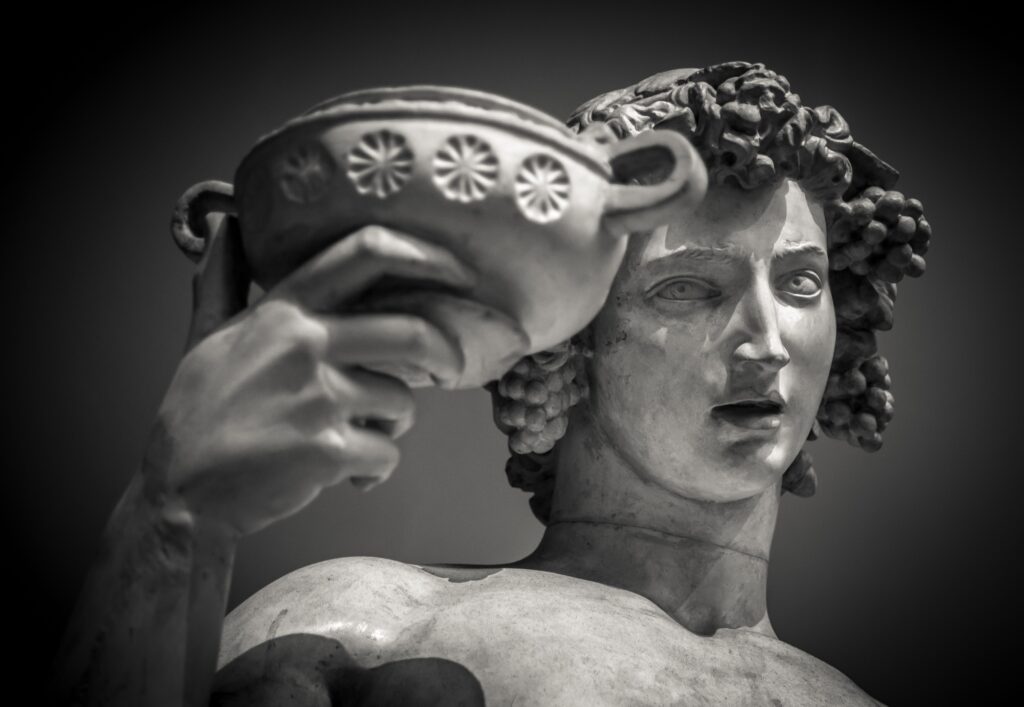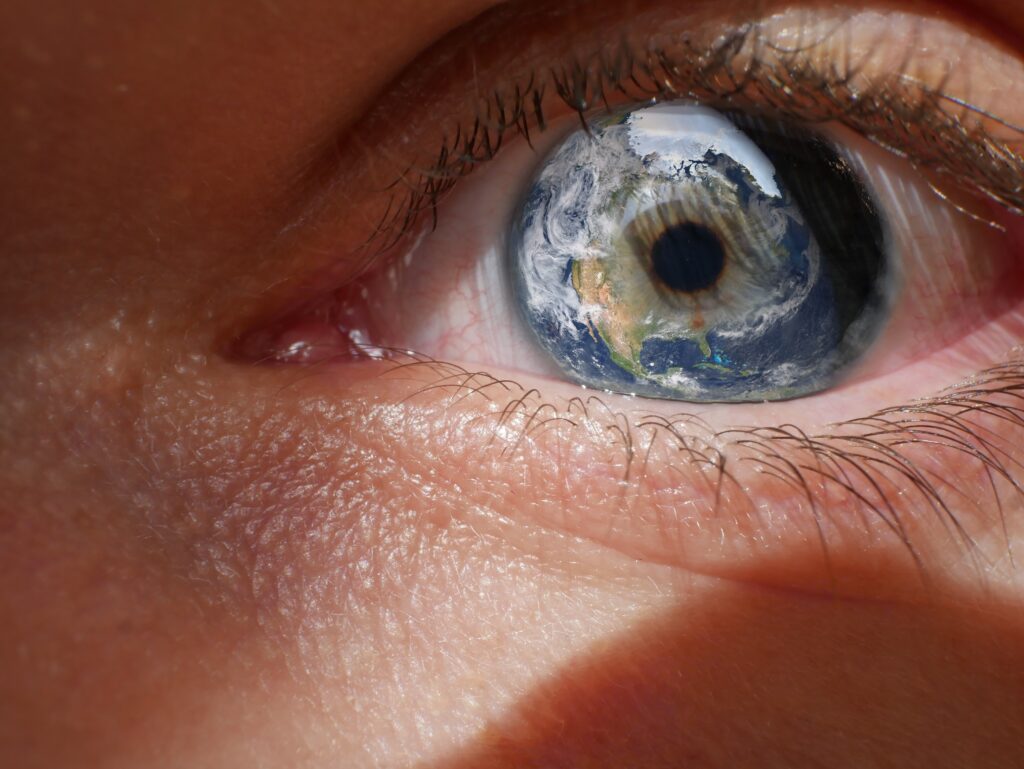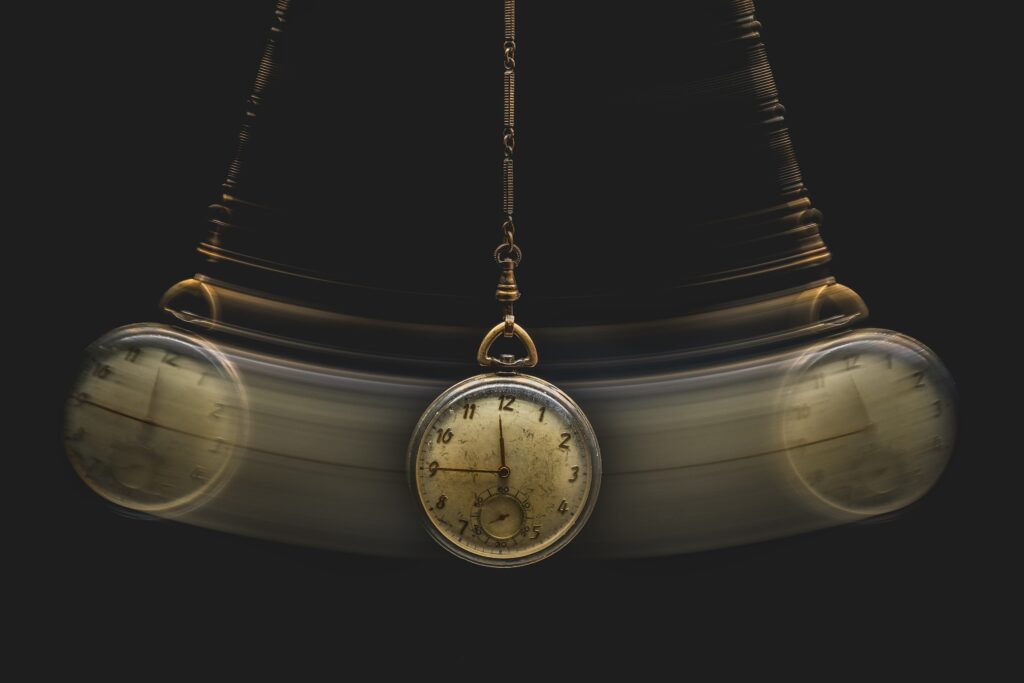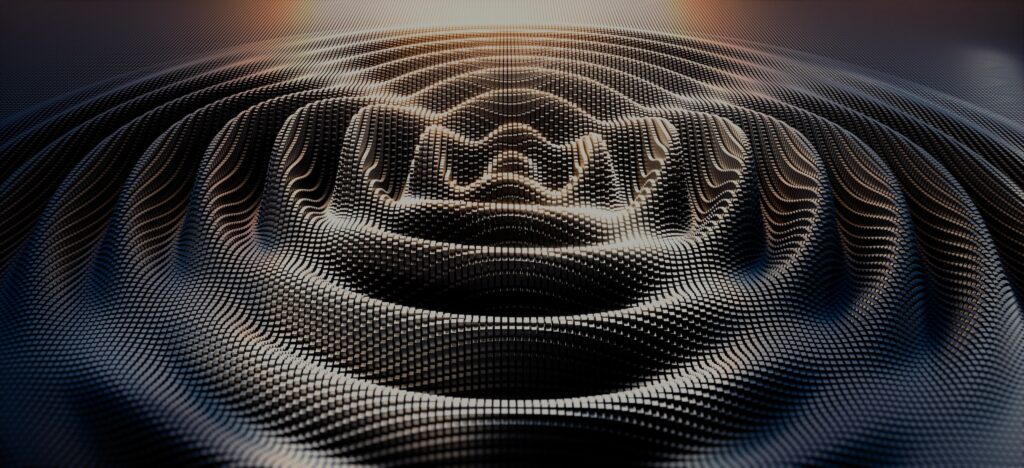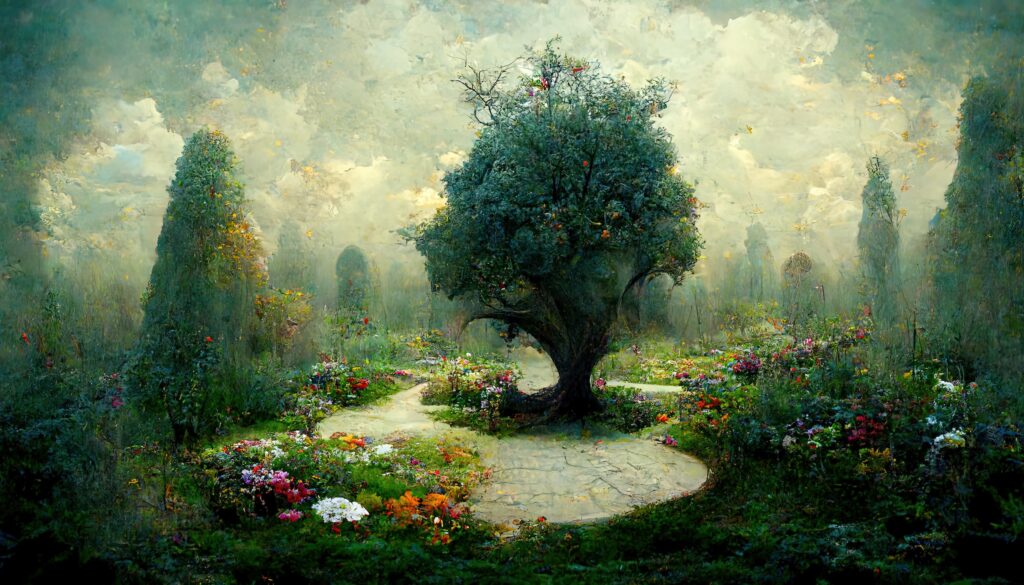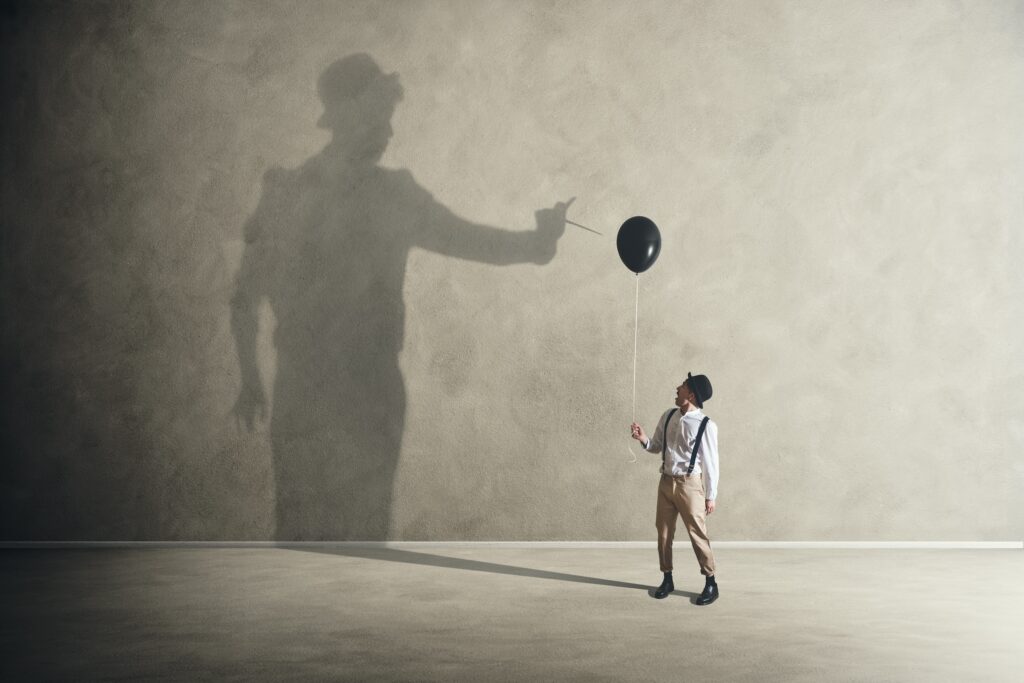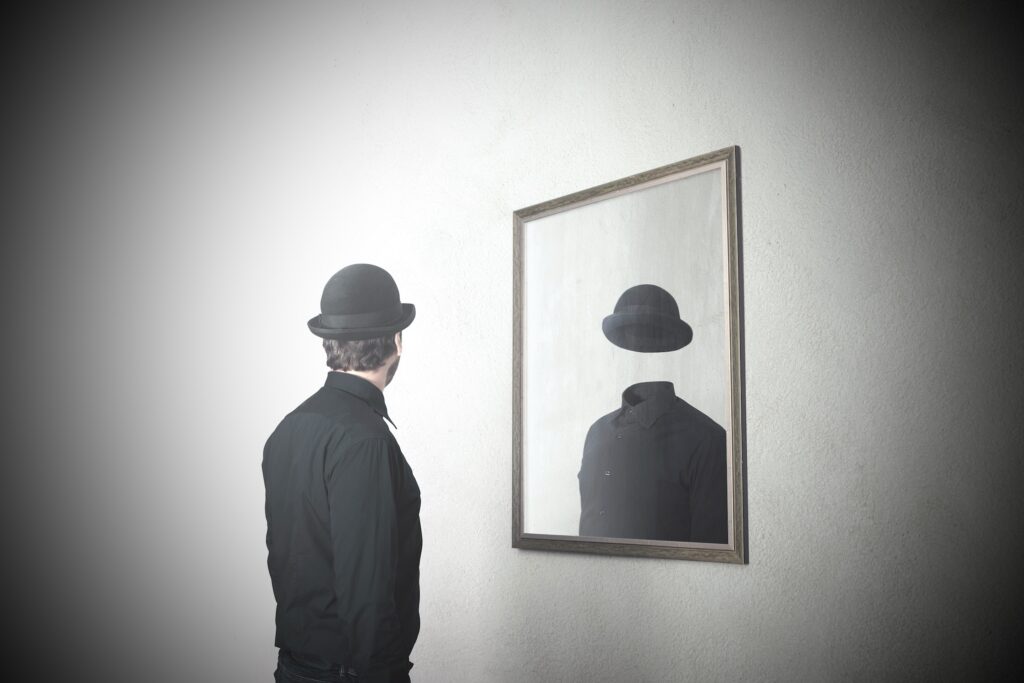Trans-idealism: matter as the transcendence of mind
Reading | Metaphysics | 2023-10-15
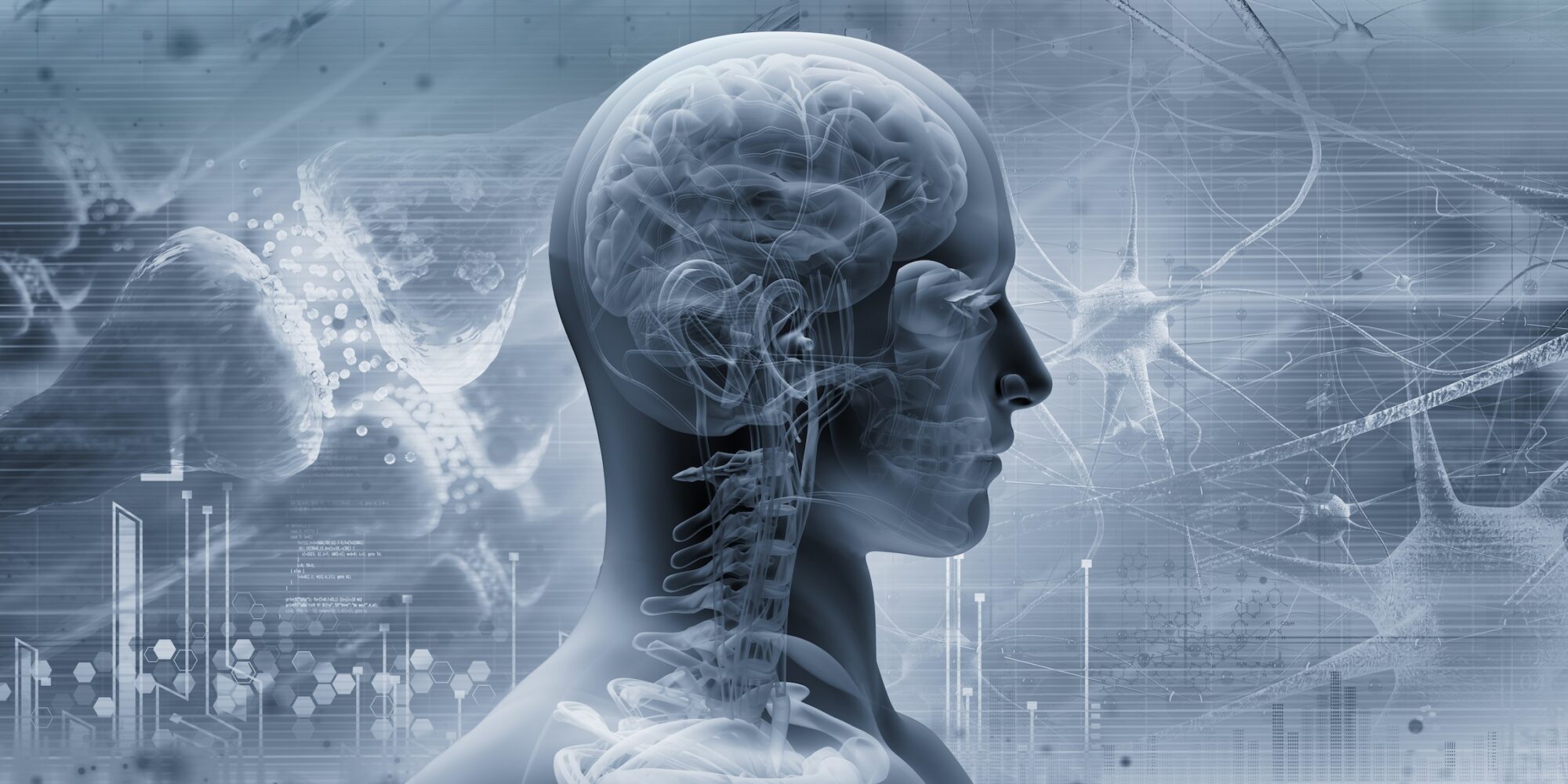
Bringing together Spinoza’s multi-modal monism and Hegel’s idealist ‘Absolute,’ and then folding them into a post-modern amalgamation, Prof. Moiseev discusses ‘trans-idealism’ and its relation to ‘trans-science.’ This essay invites the reader to contemplate its ideas in their own terms, from their own perspective, as opposed to the perspective of an external observer. It could be considered difficult to read due to its unusual vantage point and terminology, but precisely therein lies its innovative value. Instead of just reading it, one must explore it, study it, penetrate it, enjoy its perspectival twists and turns with patience and curiosity, and perhaps even return to it over several days. The reader’s attitude must be akin to that of a diner who savours a fine meal of ideas, wishing it never ends, as opposed to rushing to corral those ideas into a neat and simple summary. The text may come across as abstract and aloof at first, but if the reader perseveres, the abstractions open up into a new horizon of understanding. This interview is a continuation of an earlier one, but it can be read on its own. More interested readers can, of course, start from the original interview.
What is the nature of consciousness, and can it evolve?
Consciousness is in my view a predicate; an inherent attribute of the one who possesses that attribute. Here I refer to a being in the Aristotelian sense, whereby a unity of matter and form produces a kind of self, presupposing from within itself everything else against its own background. That is when consciousness sparks into existence.
This is similar to what Leibniz called a monad. But in this case, the monad generates images and views these images. And no matter what it does inside, it can never localize itself, because it always must assume everything that is in its very background, which is again itself. For only it is given from within; the maximum of being from within is the very self. As a result, consciousness in this sense always gravitates toward the absolutization of itself. When it starts generating the ego and self-consciousness, the whole world is perceived as ‘me,’ as my consciousness. But these are the early, consciousness-centered, or egocentric stages of the development of consciousness. At a later stage, when it develops the ability to reflect and to ‘double itself’—i.e., the ability to construct inside itself the model of the self and the surrounding world, and to project this model onto what is outside itself—it can open up for the first time to the outside world. But again, this can happen only through its own depictions, its own pictorial nature. And in this respect, too, consciousness passes through some stages of evolution. It starts by absolutizing itself and then, gradually, subdues itself and its egocentrism. And so, comes an understanding that I am a grain of sand amid a vast existence, one relative reality among other relative realities. Then it shifts back again to its own importance: I am not just a grain of sand; I am a small world! There is a kind of pulsation from the ultimate diminution of self to the ultimate sublimity. So, there can be different stages of development, depending on the model of self that consciousness builds within itself. This model can be constructed as self-centered (me as an absolute) but also as self-diminished (me as a certain locality among other localities). Gradually, this process comes to some state of equilibrium.
But consciousness, or rather the carrier of consciousness, can evolve and there is no limit to this growth: from within itself it is absolute, but generating within itself its diminution, it understands that it can evolve infinitely. It can reach such ontological power—hence achieving the status of cosmic consciousness—that it can create worlds and act as universal consciousness for those worlds.
What if we view consciousness as a ‘thing in itself’?
It is a perspective on consciousness from the point of view of the environmental body alone, while life entails at least two bodies: the environmental body—i.e., the body made from what our environment is comprised of—and the ‘body’ of consciousness, if we can put it that way. Consciousness itself has its corporeality, with its substratum and organization. Furthermore, it continues to maintain the external view even after the destruction of the environmental body.
Can we say then that consciousness is indestructible and eternal?
It again depends on what stage of evolution the subject is at. If these are subjects like you and me, then it is quite possible to destroy even the substrate of consciousness. This is, for example, the so-called second death in religions; the first one is the death of the physical body, but the second one is the death of the soul. And it is the worst thing that can happen to a living being. However, if this consciousness is cosmic or demiurgic, then, in principle, it is possible to destroy it, but the force applied must not be weaker than that of the Demiurge. And here we are talking about the enormous power of vast universes. Then, for us, it is practically an indestructible being.
So, ultimately, it depends on whether we look at this consciousness, or rather its carrier, from below or above. From above, it is finite, relative, and annihilable. From below, it is infinite and eternal. And from our vantage point, it is an absolute being.
So, your philosophical standpoint rules out the notion of the eternity of consciousness?
Consciousness, or rather the being that is the carrier of consciousness, has potential immortality. But like in Tolkien’s legendarium, although Elves are immortal, they can be killed in battle. Yes, they can live forever, but conditions can arise when they could be destroyed from the outside. So, if everything is fine, and you have managed to avoid such circumstances, then potentially you can exist infinitely in your matter of consciousness or your substratum.
Where does this substratum of consciousness come from?
I call this substratum inverse matter: that matter in which the one is primary and the many are secondary [Editor’s note: this is the state of the predominance of oneness, in which everything permeates everything and represents different aspects of that oneness. It transitions from the one to the many through differentiation, namely, the separation of the parts within the original unity.] And it differs from straight matter, in which, on the contrary, the many are primary and the one is secondary [Editor’s note: the state of the predominance of the many over the one. It transitions from entropy to wholeness by integrating the parts into the whole, such as in the process of basic bottom-up evolution: from particles to atoms, then to molecules, etc.] We know straight matter very well, as it is the very matter of our environment, the so-called environmental matter, in which the second law of thermodynamics prevails.
Both inverse and straight matter are two sides of nature’s single mechanism. Nature, developing according to certain laws, generates world systems, in which in the beginning, the system of the straight matter is being realized. And when it reaches the limit of a certain scale, inverse matter begins to come into existence, which gradually develops in the inverse direction, as it were. So, we see in the world first the expansion of environmental matter; it creates a platform for the emergence of inverse matter. Then the development of inverse matter begins in the form of the emergence and evolution of various living beings. It increases exponentially, going beyond the boundaries of certain cosmic systems, planets, solar systems, galaxies, and so on. This evolution of cosmic life can in principle be infinite, but any cosmic life originated somewhere for the first time and is gradually rising higher up the evolutionary ladder.
The mechanism of evolution can be compared to a play in a theatre: in the beginning, there is a preparation phase. First, you must build a stage, scenery, and decorations in the form of planets, systems, galaxies, and so on. Then the actors—living beings—can appear. And while straight matter essentially enables life to arise, concurrently it creates barriers, which life must overcome through qualitative leaps, each time bringing living beings to increasingly higher levels of evolution.
Such is the dialectic: on the one hand, environmental matter, i.e., straight matter, somehow creates barriers. And on the other hand, these are challenges that fuel the evolution. From the point of view of the philosophy of history by Alfred Toynbee, these are the challenges that life’s matter takes on, and by overcoming them, it strengthens itself. So, both straight and inverse matters are two hypostases of a single natural trans-material mechanism, the two sides of one matter: trans-matter.
How best can you describe your philosophical perspective?
It is a perspective that represents an integral philosophy that views the material and the ideal as two aspects of a unified or, more accurately, multi-unified principle. Vladimir Solovyov [Editor’s note: a 19th-century Russian classical philosopher] calls this unitotality [Editor’s note: ‘one and all’ from the Greek hen kai pan, similar to the pantheistic philosophy of Parmenides in ancient Greece and of Spinoza in new European philosophy. Its ontology is marked by a desire to overcome the dualism of spirit and matter, to see the interpenetration of substances, their complete oneness. However, in contrast to these two philosophical systems, in the philosophy of Solovyov such unity is conceived in a way that does not deny the many, but rather unites them in a greater state: unitotality.]. It is an integral principle that is non-material and non-ideal, but rather, as it were, lies beyond this division, whereby both material and ideal are its hypostases.
This is similar to Spinoza’s philosophy, where substance combines the two highest attributes known to man: the material and the ideal, while in itself it is one. But to make this concept more operational, I call this integral principle ‘trans-matter’—a matter that includes all its transcendences into the realms of the immaterial, logos, laws, universals, consciousness, the inner world, and the Absolute. I view them all as border states of trans-matter. And in this regard, trans-matter is like a synonym for the same absolute higher integral being with some emphasis on the material principle.
Similarly, I can call this integral principle trans-idealism, hence placing emphasis on the ideal pole, but again including various kinds of transcendences that go beyond the naive understanding of the ideal. We can consider matter, too, as a kind of transcendence of the ideal principle. So, it can be called both trans-idealism and trans-materialism, but the essence is the same—it is an integral principle, different aspects of which are the material and the ideal.
What is your view about the mainstream scientific approach?
Today, the scientific method is understood narrowly, namely, only environmental matter is considered scientific. I, however, besides environmental matter, presume a combination of an infinite number of other forms of matter, such as the matter of life, the senses, the mind, and the spirit. This infinite number of forms of matter unknown to us are all various forms of trans-matter. And so, the scientific method must be expanded to encompass all that.
What is there to it then? Only the neutral part. Scientific knowledge is based on the cognition of the many, that is, generalized sensory input giving us factology—a multitude of data initially disconnected; the many without the one. The mind then generates various types of unity: hypotheses of different kinds of oneness that could encompass the many. And scientific understanding is the coordination of the one and the many within the multi-unity. That is when we try to coordinate these notions of the one and the many in such a way so that each element of the many can be presented as a facet or an aspect of this unity.
And some concrete methods such as logic, mathematics, or mathematical structures may or may not allow us to construct specific types of unity, as they all have their limitations. But we can’t just mold any oneness and then apply it to any selection of the many, for rationality still applies, including non-classical, or post-non-classical rationality, though with less rigid and formal logic. There is also dialectical rationality, so, you name it. The main thing is that there should be these two poles: the many and the one, as well as the coordination between them according to certain laws.
And by the way, the many can be derived from any sensory experience, and not necessarily just from the five senses that we possess in this world of environmental matter. It can be any other sense organ of any other world and any other body. It all depends on the kind of world and the corresponding corporeality that living beings would possess there. This algorithm would still be applicable the same way everywhere: usually, we first cognize the many with elements seemingly unrelated to each other; then, the mind tries to pervade it with unity by putting forward hypotheses of different kinds of oneness; it attempts to coordinate the one and the many according to some multi-unity model and to check this multi-unity for the many that already exist and can be generated in the future. So, when all of this is well-harmonized, the multi-unity state exponentially increases, and the many are more extensively encompassed by the ever-deeper oneness; that’s when the mind develops. And this is the universal scientific method.
We need to build a new integral science or ‘trans-science,’ as I sometimes call it. It is a science that goes beyond the boundaries of just this narrow sensory matter and that can create a new picture of reality associated with other materiality and with the kinds of oneness that can embrace it. So, we have a lot of work to do here to create a new scientific method because, with the current mainstream oneness or multi-unity, we can’t understand what life, consciousness, mind, or spirit are.
Firstly, it is necessary to create new centers for integrating sensory data coming from ‘new’ realms of reality. It is already happening, for example, in transpersonal psychology, where a lot of interesting developments have been taking place.
Secondly, since the presence of the inner world signifies the possession of inverse matter, if we create instruments that can register inverse matter, then detecting its presence would be equivalent to detecting the presence of the object’s inner world. It would not be the detection of consciousness yet, as it is a somewhat more complex construct; for consciousness is a differentiated inner world in which some determinations have already occurred, and some simultaneously existing states have taken place. Then there is a flow of time: some states began to replace other states. So, in a fundamental sense, the criteria of consciousness are very clear. The only thing left to do is to create new science and new technology capable of detecting the presence of this inverse matter and to develop a new theory of consciousness.
What do you mean by life? Where is that borderline: the alive and the lifeless?
For our forms of life, I think viruses are such borderline, which depending on the conditions can manifest both as living and non-living. Nonetheless, they are the simplest life-form. And a small spark of the inner world flares up there precisely due to the presence of RNA molecules, which are created on the one hand from environmental matter, and on the other hand from the matter of life—the inverse matter. This inverse matter has the unique ontological property of being capable of creating inner worlds, for, by its nature, it is world-like; it generates a special ontological regime of the predominance of the one over the many, and thus the light of the inner world can spark into existence, hence enabling the occurrence of inner experience. So, the virus breaks out with a kind of a spark of life, or the inner world, which is associated with purposeful causes, or the presupposition of goals. In other words, it is a goal-driven teleological system that sets goals and achieves them.
Furthermore, the inner world has inverted causality; it is characterized by an inversed or inverted state of being. And while the environmental matter is characterized by active causes that operate from the past to the present—where the cause precedes the effect in time—in living organisms purposeful causes prevail, that is, the future determines the present. In other words, the image of the future, which constitutes a goal, is built either in the consciousness of a living being or is unconsciously realized through the corresponding laws of life. This includes purposeful laws, which begin to realize themselves in the form of final purposeful causes and expedient behavior when a living system unconsciously strives to achieve some goal. The fact that a living system pursues a goal does not mean that it is aware of this goal. But the main thing is that there is a goal, which this system aspires to achieve, and it is accomplished through certain objective laws, which are unconsciously realized in this living being. For living beings are the ‘charges’ through which the field of life is realized, similarly to an electromagnetic field that can realize itself only through electric charges. So, there must be at least one living being—a kind of charge, upon which this field of life begins to act. As soon as it appears, immediately these laws of life begin to realize themselves through it. Therefore, it is not at all necessary for a living being to consciously set a goal and reflect upon it; this is an already advanced stage in the development of consciousness. If a living being possesses the simplest inner world, it can already start pursuing goals, hence becoming an agent through which objective purposeful laws are realized. So, when a virus flares up with this sort of infinitely small inner world, then the laws of life, which are characteristic of this particular life-form, begin to be implemented through it and it begins to manifest expedient behavior. It looks for a cell, penetrates it, embeds its genome in it, and produces its kind. This is where the border between the living and the non-living lies in our world.
If we talk in general terms, this is the first environmental matter that breaks the barrier between the layers of environmental matter and the matter of life, and thus, can form the second body—the body of life. And how exactly that first, simplest environmental matter is realized in other worlds will depend on the physics of that specific world and the laws that operate there.
As far as the body of life is concerned, they can be progressively developed, starting with the simplest body of life, which relates to the realization of what Aristotle called the vegetative soul. It is the function of nourishment, growth, and reproduction, which all living organisms have. There may be a more developed body of life, which is related to the realization of the sensitivity already present in animals. It is what Aristotle called the animal soul. There can also be a body of life that is connected to the realization of the mind: the rational or the intellectual soul. So, in sum, the bodies of life can be different; they can vary in degrees of development. Also, depending on the number of these bodies of life and the level of their development, the corresponding advanced types of life arise.
The formation of increasingly more advanced types of bodies of life, and the corresponding life-forms, occurs as inverse matter is being created in the process of overcoming obstacles build-up by environmental matter. In this regard, each world has its ceiling, as far as the obstacles are concerned, for a world cannot give more than what was originally built in it. And when a living being reaches that ceiling, that world ceases to bind that living being, subsequently freeing it up. Like schoolchildren: when a life form passes the last ‘exams’ and reaches the limit of development in this system of learning, it goes further. It sheds an environmental body, which bound it to this system of experience, while retaining the developed bodies of life and the accumulated experience of growth, and finds other systems where barriers are stronger and more elaborate, where there is room to develop further. The dialectic of obstacles and development prerequisites presume that obstacles to development are, at the same time, opportunities to strengthen oneself. Worlds provide these obstacles, but also the resources to overcome them and to evolve in the process.
What I am describing applies to a lot of metaphysical traditions, expressed perhaps more in the form of revelations, dogmas, or opinions of some authority. However, I believe that we need science here. We need to forget what has been done before and, to a certain extent, start everything from scratch, going only by the scientific method as if there had been no Plato, Aristotle, or Leibnitz. And if we, by coincidence, converge in the process, we can only be pleased to point out that Plato also talked about this, and Aristotle about that. However, it will all be built on a rational basis, on new theoretical and empirical methods of cognition, on the expanded scientific method that will have to go far beyond studying just our environmental matter.

Essentia Foundation communicates, in an accessible but rigorous manner, the latest results in science and philosophy that point to the mental nature of reality. We are committed to strict, academic-level curation of the material we publish.
Recently published
Reading
Essays
Seeing
Videos
Let us build the future of our culture together
Essentia Foundation is a registered non-profit committed to making its content as accessible as possible and without advertisements. Therefore, we depend on contributions from people like you to continue to do our work. There are many ways to contribute.






